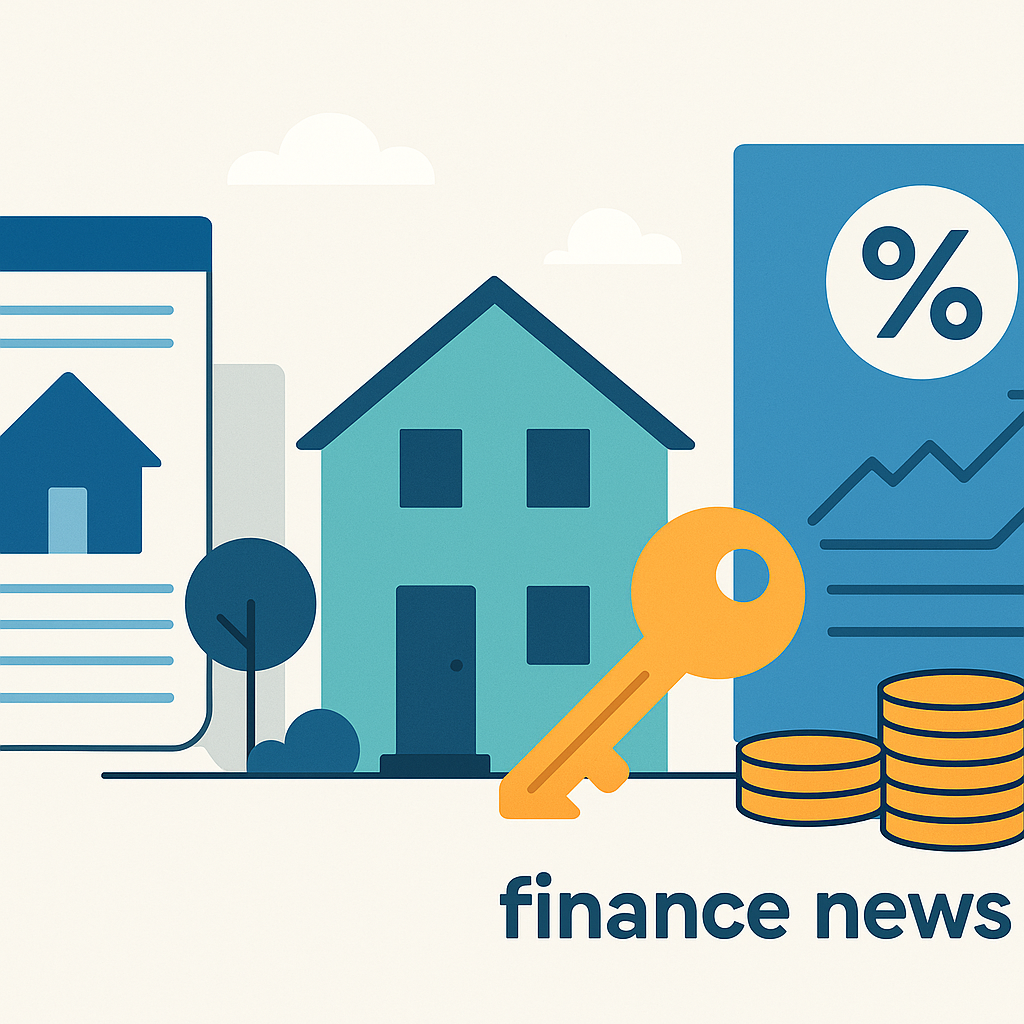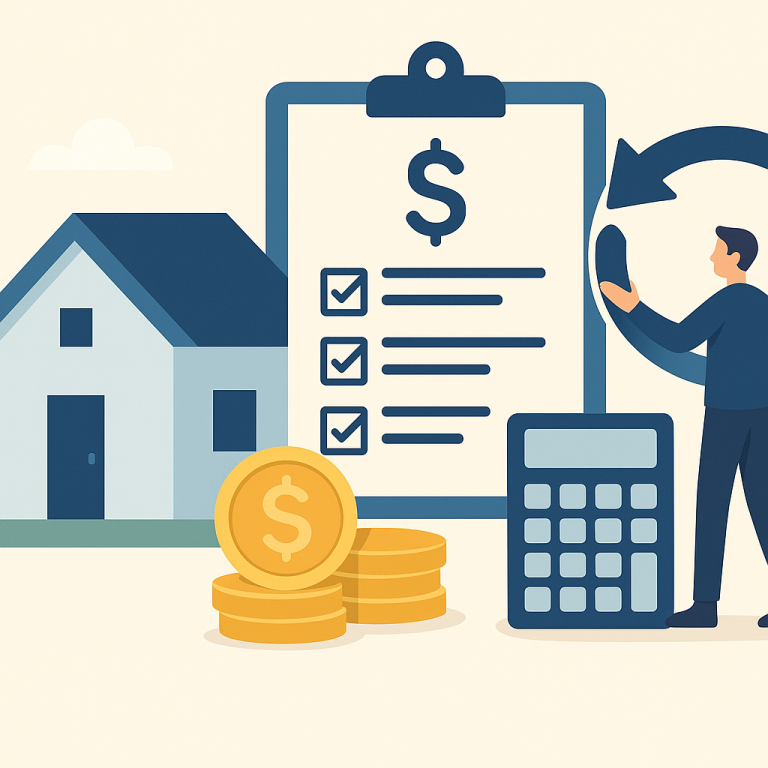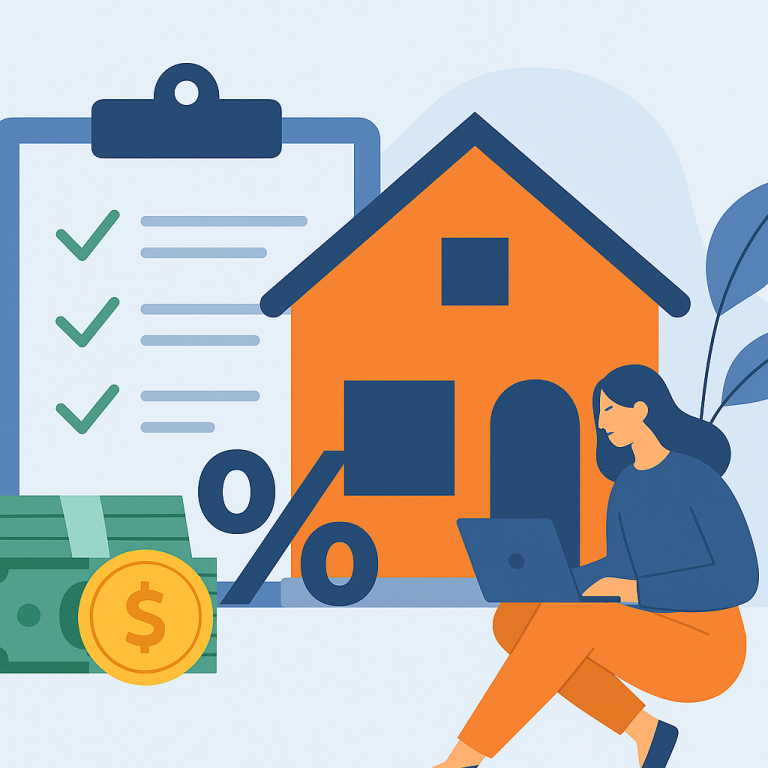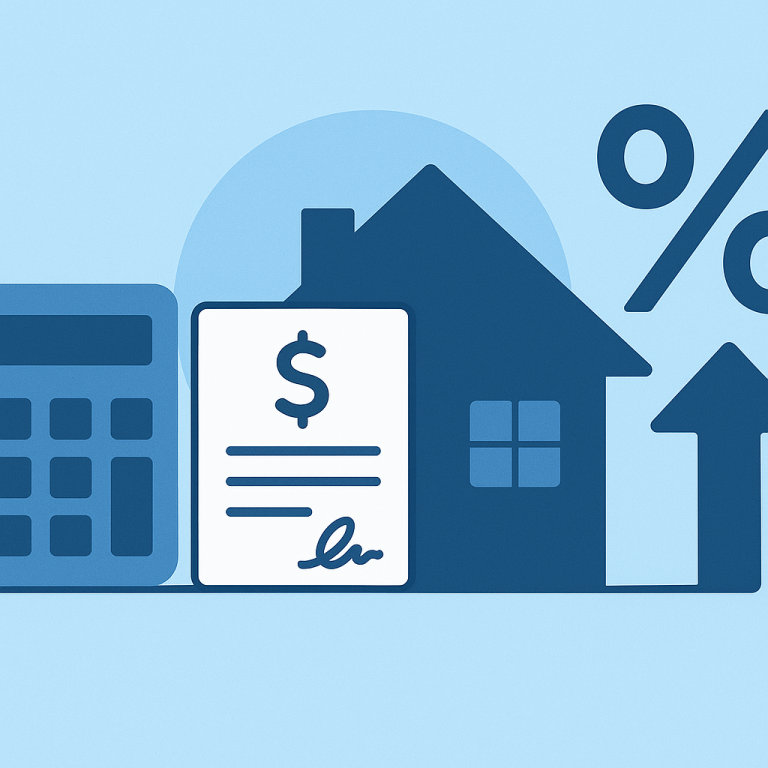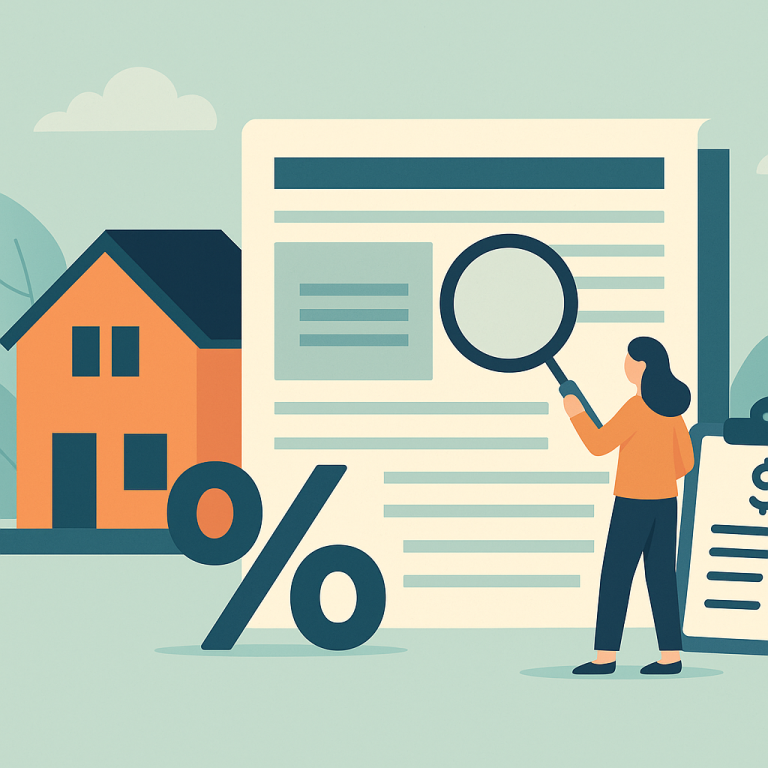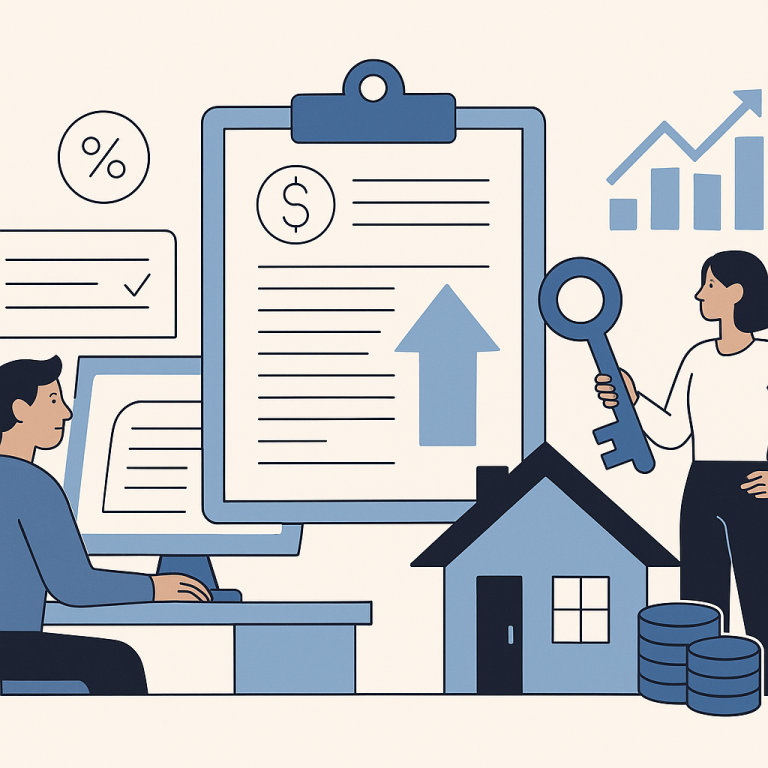Refinance Applications Rise After Rate Drop, MBA Weekly Report Shows
Moderating mortgage rates create refinancing window for homeowners with older high-rate loans
Mortgage rates have eased from recent highs, reopening refinancing options for homeowners who locked in mortgages when rates were substantially higher. Lenders are seeing renewed interest from borrowers seeking lower monthly payments or a shorter amortization schedule, but industry observers caution that the decision to refinance is not automatic: eligibility, closing costs, loan terms and individual financial goals remain central to whether a refinance makes sense.
How lenders are responding
As borrower demand increases, many lenders have adjusted product offerings and underwriting priorities to balance risk with opportunity. Some firms are promoting conventional rate-and-term refinances for well-qualified borrowers, while others are tightening overlays on credit scores, documentation or debt-to-income thresholds. Appraisal and income verification requirements remain common for most product types, so borrowers should expect standard underwriting rather than shortcut “streamline” pathways in many cases.
Lenders are also differentiating between refinances intended purely to lower rate and term versus cash-out transactions. Cash-out refinance programs are available but typically come with stronger eligibility checks and higher pricing, reflecting the increased risk of extracting equity. Borrowers should shop multiple lenders and compare quoted rates and fees rather than focusing solely on headline interest numbers.
What homeowners should consider now
- Calculate the break-even point: Compare expected closing costs to the monthly savings to determine how long it will take to recoup expenses. A shorter break-even time improves the case for refinancing, especially for owners planning to stay in the home.
- Evaluate loan term and total interest: Reducing a rate without shortening the term can lower monthly payments but may extend total interest paid over the life of the loan if the new term resets to a longer period.
- Check equity and credit profile: Sufficient home equity and a solid credit profile strengthen approval odds and access to better pricing. Borrowers with thin equity or credit issues may face limited options or higher rates.
- Factor in closing costs and fees: Origination fees, third-party costs and any payoff penalties affect net savings. Ask potential lenders for a clear estimate of all costs before making a decision.
- Decide between rate-and-term vs cash-out: Cash-out refinances can provide liquidity but usually carry higher costs. Use cash-out conservatively and only for investments that justify the trade-off.
- Lock rates when appropriate: If you find an attractive offer, consider a rate lock to protect against short-term market movement, but be mindful of lock durations and any associated fees.
- Compare several lenders: Pricing and fees vary. Get multiple written estimates and review the annual percentage rate (APR) as a more comprehensive measure of cost.
- Plan for documentation and timing: Expect typical documentation requests—income, assets and property information—and allow time for appraisal and underwriting when planning a move or other financial action.
Refinancing can be a practical financial move for homeowners who secured mortgages during higher-rate periods, but it requires a careful assessment of costs, goals and lender requirements. Homeowners who run the numbers, gather documentation early and compare offers will be best positioned to determine whether now is the right time to refinance.
META: refinancing-window-article | focus: homeowners with high-rate loans | length: ~590 words | tags: refinancing, mortgage rates, homeowner takeaways

